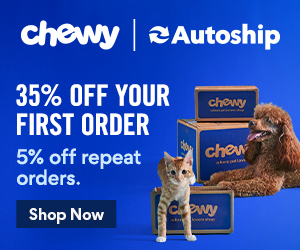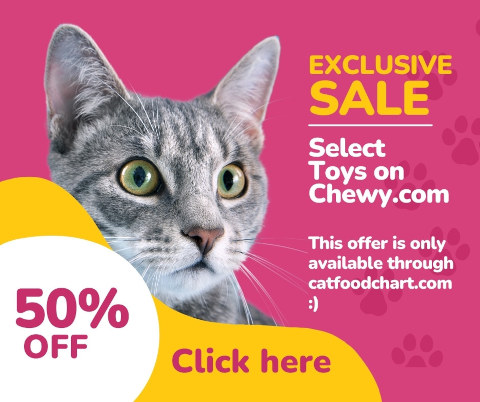Food Ranking Criteria

If you have ferrets, please check out Ferret Love
The criteria we use to rank these foods are slightly modified from the kibble chart that has been going around the internet for the last decade or so. Some of them, or at least our priorities, may be arguably subjective. At the end of the day what matters is that you understand our reasoning and can make your own educated decisions.
We also try our best to keep our ingredient lists updated. However, manufacturers change their recipes regularly. If you know how to evaluate these foods, you can do so on your own without even having to consult our chart.
Protein and Fat Percentages
The higher the protein and fat percentages, the better. That leaves less room for fruits, grains, vegetables, sugars, and other unhealthy "filler" ingredients. Note: frozen raw foods have a very high moisture percentage after they are rehydrated (70% or more). We adjust the protein and fat percentages proportionally to account for this.
Protein to Fat Ratio
The ideal protein to fat ratio is 2 to 1. We allow some flexibility - foods between 1.6 and 2.2 receive the highest score, while foods with lower ratios (too much fat) or higher ratios (not enough fat) are slightly penalized.
Quality of Ingredients
We look at the first 6 ingredients of each food and award points for each one. This is slightly flawed, because the 3rd ingredient in some foods may be as little as 1% of the makeup while in others it could be 10% or more. Since most brands don't provide that detailed information, the best we can do is make an educated guess. Generally once you get to the 7th ingredient, the actual amount in the food is negligible. But again, not all ingredients are created equally. A tiny amount of carrots may be mostly harmless, but the same amount of sugar ingested every day would be harmful.
|
Pure meat
Unprocessed meat, fat, and organs get the most points. "Natural" prey - poultry,
rabbits,
and eggs - get a small bonus. Large prey such as beef and venison get no bonus
because
cats wouldn't naturally eat them. (They are not penalized though.)
|
|
Meat by-product
Processed meat or organs. Anything that includes the words "by-product" or "meal"
for example. These still count for positive points, but not as much as pure meats.
|
|
Fruit / Grain / Vegetable
Cats are obligate carnivores, meaning their digestive systems can't handle
these types of "filler" foods. Foods lose points for each of these ingredients.
|
|
Sugar
Any type of sugar, such as molasses, pectin, or fructose, is penalized.
|
Number of Prey Sources
There are two schools of thought on the number of prey sources. The first says that it's best for the meat, organs, fat, etc. to all come from a single source. That way it's more natural and balanced. The second says that it's best for your cats to get their diet from multiple prey sources so that they get variety.
Of course, the obvious compromise is to simply mix or alternate multiple foods. That way even if each food comes from a single source, your cat is still getting variety. For single-source foods, we add a note that recommends doing so. But we don't add or subtract any points for this.
Number of Ingredients
Generally speaking, fewer ingredients is better. Foods with lots of ingredients usually contain additives and other unnecessary things. Foods with fewer than 10 ingredients get a small bonus.
Sugars and Carcinogens
Any food containing sugars or carcinogens such as BHA gets an additional heavy penalty.
Kibble Penalty
All kibbles are capped at a B letter grade. They also receive a 10% penalty. We know that as long as cat kibbles exist, people will buy them. Kibble is too convenient and cheap. However, our end goal is to encourage people to switch to raw diets. If a pure raw diet is daunting, or too "icky" or messy or time-consuming, there are plenty of air-dried, freeze-dried, and frozen raw diets these days that offer nearly the same convenience as kibble but are much healthier.
Even though most of the raw foods in our charts generally receive an A or A+, and the kibbles range from B to F, in reality the raw foods are probably 10 or 100 times healthier in the long run than kibbles. The damage that non-protein ingredients cause is long-lasting, irreversible, and expensive to treat.
It is much cheaper to pay more now for a higher quality raw food than to have to treat health issues later in your cat's life. Not to mention the trauma of watching your beloved pet suffer and slowly waste away. Switch to raw. Your cats will thank you.


